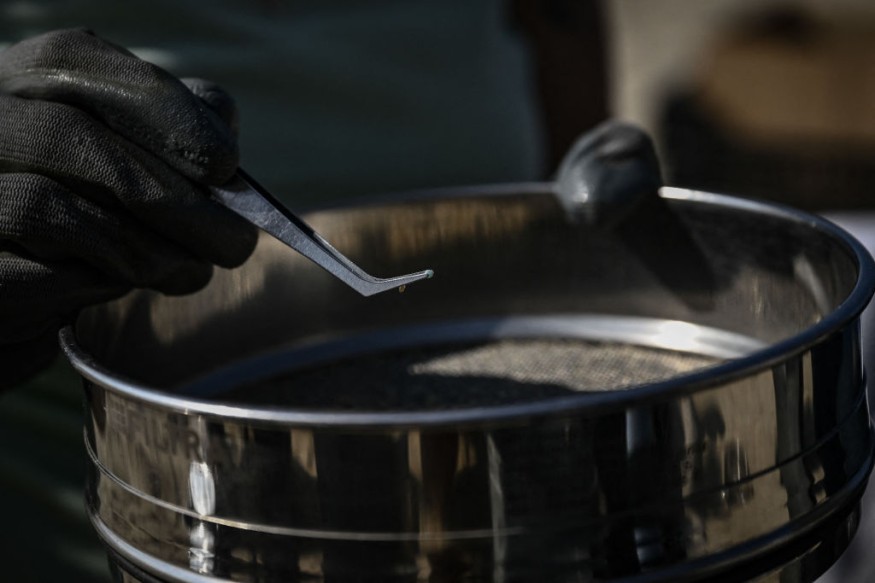According to a recent report, researchers discovered an increasing microplastic problem in a cave in Missouri. The cave system has been closed for 30 years, and flooding brought the plastic into the area.
The researchers observed the levels of microplastic in Cliff Cave, located near the south of St. Louis, Missouri.
Plastic pollution and microplastic have threatened marine environments and animals. Plastics can break into small microplastics that is less than 5 millimeters long.
In addition, microplastics can cause potential human health issues if people consume aquatic animals contaminated by microplastic.
Microplastic Discovered in US Missouri Cave

With the pressing plastic problem, the researchers observed the microplastic contamination in subsurface areas. It can likely enter lakes, freshwater systems and caves.
The researchers studied how microplastic can be transported in caves or subsurface environments. The cave in Missouri became an ideal area because of regulated access and closed since 1993.
In addition, the study findings were published in Science of the Total Environment and Water Research.
According to Dr. Elizabeth Hasenmueller, their research team discovered the microplastic in the said cave. The highest concentrations were found in the cave's sediment and entrance.
Dr. Hasenmueller is an Earth and Atmospheric Science associate professor and SLU's associate director at WATER Institute.
Studying the impacts of microplastic is crucial to wildlife and biodiversity, especially since there is a growing concern about studying underground ecosystems.
In the cave, the concentrations of microplastics have a significant impact on bats and other animals living underground.
How did microplastic enter the cave in Missouri?
The cave was regulated and closed for about 30 years. Microplastic in cave water likely entered due to flooding, with 99% deposited in the sediment.
The plastics were deposited after the floodwaters abated. The urgent efforts to mitigate microplastics are essential to prevent possible impacts on animals, humans and the environment.
Furthermore, the study can increase the knowledge about the underground environment plastic pollution.
Microplastic: How can people reduce it?
Researchers recommended avoiding buying synthetic textiles in clothing because it can worsen the problems of microplastic pollution.
Homeowners can also use reusable bottles instead of plastic bottles. Reducing plastics in people's daily lives can reduce plastic pollution.
People can buy plastic or microbead-free skin products for skin care or cosmetics, primarily found in oceans.
Furthermore, participating in plastic awareness campaigns or cleanup drives is helpful in reducing plastic in freshwater, rivers, lakes or oceans. The massive cleanup can significantly mitigate the plastic problem.
While on the beach, people should be responsible for throwing plastic in designated areas. It can reduce the risks that it can enter oceans.
Parents should also teach their children to use environment-friendly products, addressing global plastic issues.
For more similar stories, don't forget to follow Nature News.
© 2025 NatureWorldNews.com All rights reserved. Do not reproduce without permission.





